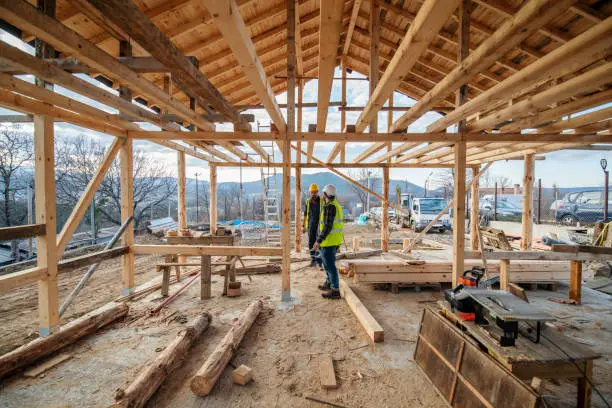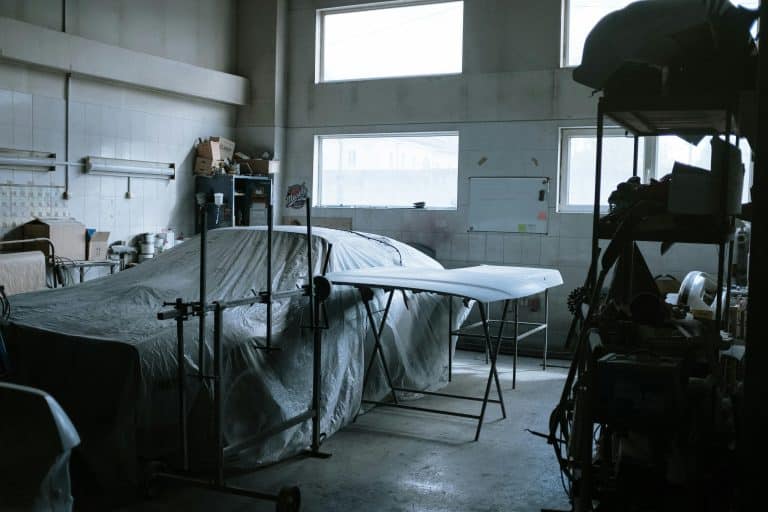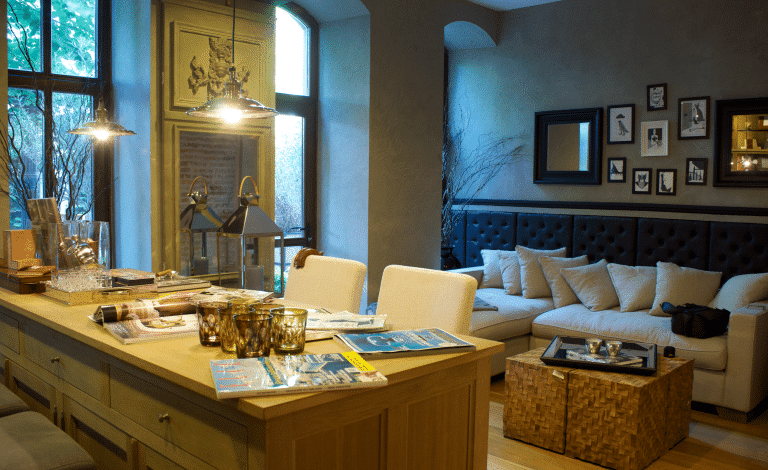In today’s eco-conscious world, building an energy-efficient home is about more than just saving money on utilities—it’s about creating a sustainable future. While there are many building materials and styles out there, timber frame construction stands out as a smart and sustainable option.
Thanks to its natural insulating properties and the precision of modern building techniques, timber framing offers real advantages when it comes to comfort, efficiency, and environmental impact. In this article, we’ll explore how timber frame homes can help you lower your energy use and why more homeowners are choosing this approach for smarter, greener living.
How Timber Frame Homes Help You Save Energy
Timber frame homes aren’t just beautiful—they’re incredibly efficient when designed with energy savings in mind. Here are some of the key ways timber frame construction supports a more energy-conscious lifestyle:
Better Insulation from the Start
Timber frames have a lower thermal mass than other materials, which means they heat up quickly and don’t hold onto excess heat or cold. In the winter, your home stays warm without needing constant heating. In the summer, the structure helps block external heat, keeping interiors cooler and reducing your need for air conditioning.
Airtight Construction
Modern timber frame home builders use precision techniques that create tight seals throughout the home. This airtight design minimizes drafts, keeps the heat where you want it, and reduces energy loss. Compared to traditional brick-and-block construction, timber frames are far less prone to air leaks.
Smart Wall Insulation
Even in a timber frame home, heat can still escape through the walls—especially in winter. That’s why good insulation is a must. Timber frame walls can be insulated either internally or externally, and using moisture-resistant materials helps prevent issues like mold or decay. When done right, insulation significantly boosts energy performance and comfort.
High-Performance Windows
Windows are often a weak spot when it comes to energy efficiency. Heat escapes, cold air creeps in, and your energy bills go up. But timber frame builders recommend triple- or even quadruple-glazed windows to help minimize this. Some modern windows use lightweight films instead of multiple panes of glass, improving insulation without adding bulk. Better windows also mean better soundproofing—an added bonus.
Low Embodied Energy
Timber is one of the most sustainable building materials available. Compared to steel or concrete, it requires much less energy to produce, transport, and assemble. Plus, trees absorb carbon dioxide as they grow, which helps offset your home’s carbon footprint. When sourced responsibly, timber is a renewable, low-impact material that aligns with green building goals.
Sealing Out Air Leaks
Air leaks can pop up anywhere—from electrical outlets and crawl spaces to chimneys and attic bypasses. The good news? Many of these can be sealed with DIY fixes. Identifying and sealing leaks helps prevent unwanted drafts and keeps your home energy efficient throughout the year.
Final Thoughts
Timber frame homes blend the charm of traditional craftsmanship with the efficiency of modern construction. With the right design, these homes can offer incredible comfort, lower energy bills, and a reduced environmental impact.
By working with experienced timber frame builders and paying attention to airtightness, insulation, and material choices, you can create a home that’s not just beautiful—but smart and sustainable too. From reduced thermal bridging to better insulation and low embodied energy, timber frame construction is a thoughtful choice for anyone looking to build a more energy-efficient home.









